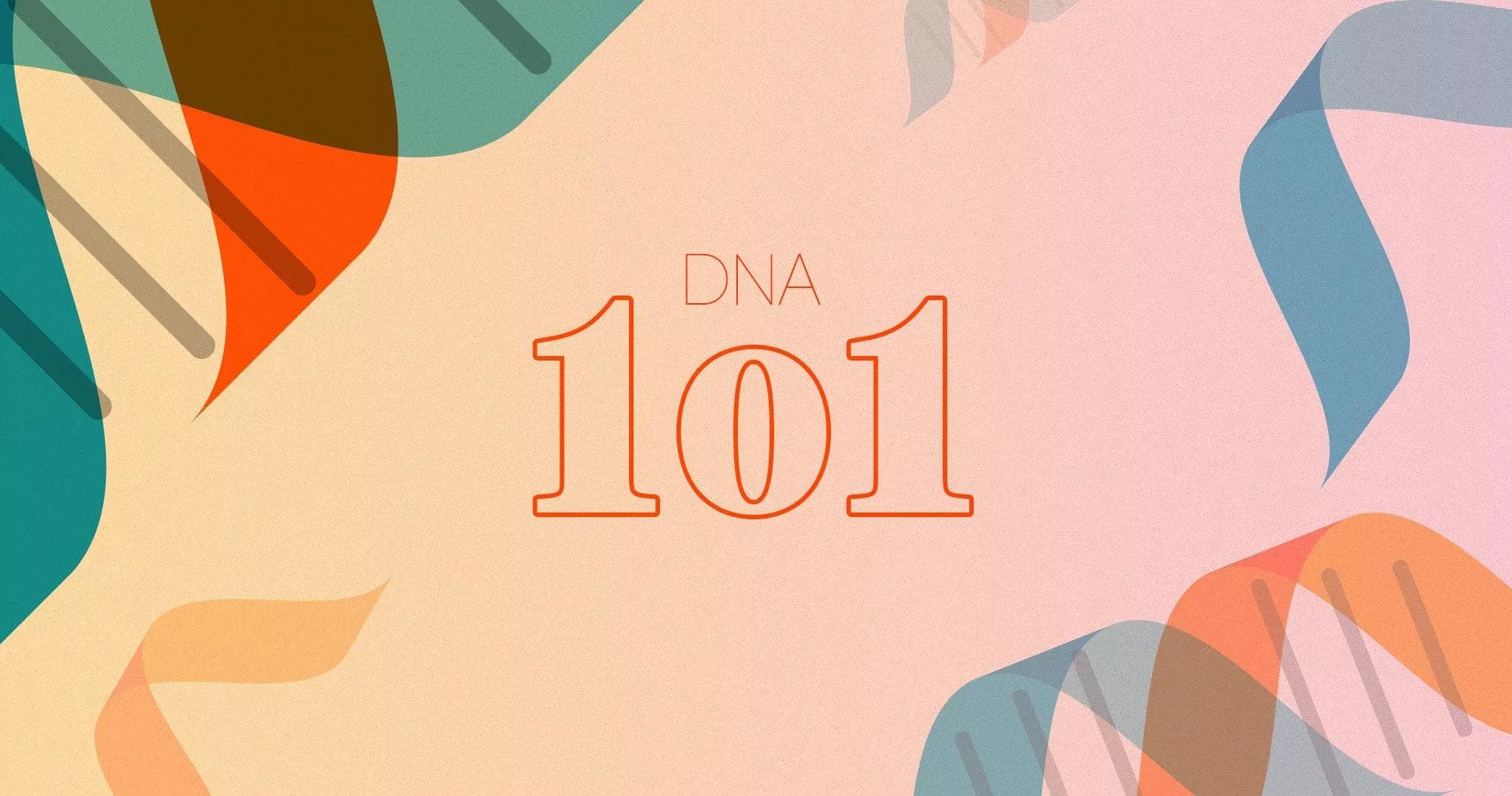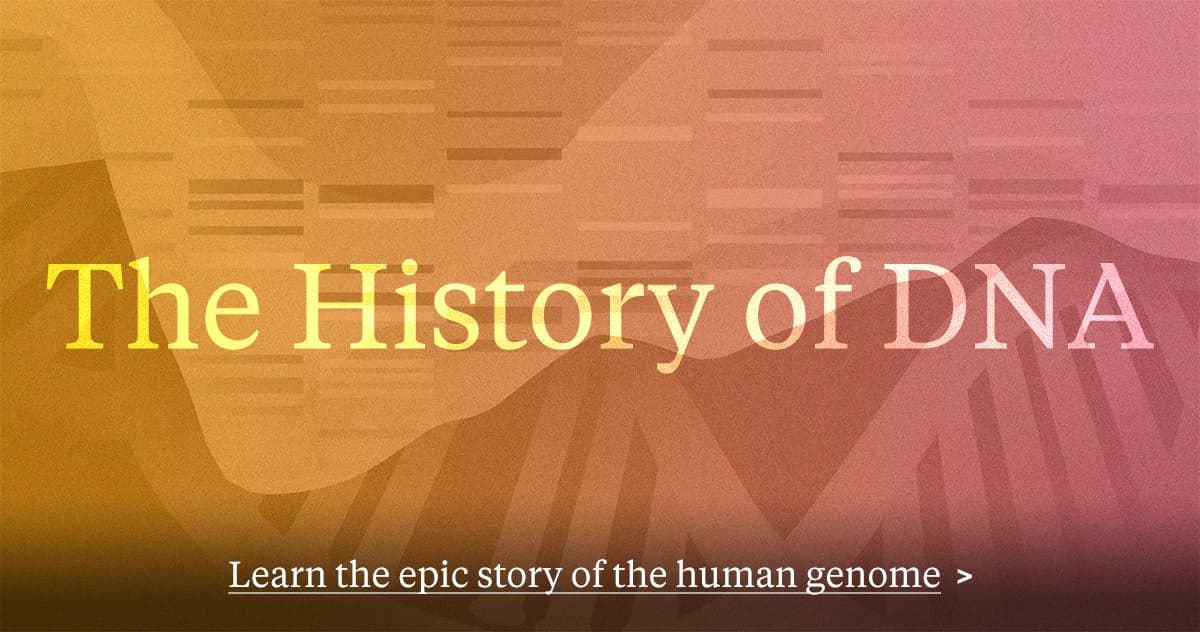5 articles that will help you learn more about genetics

At Helix, our mission is simple: to empower every person to improve their life through DNA. In order to do this, we have to provide people with more than high-quality DNA sequencing—we also need to help people understand their DNA test results. But how can someone learn about complex genetic topics without taking a course in genetics? That’s where our DNA 101 series comes into play.
With topics ranging from epigenetics to space radiation, DNA 101 is here to help you learn about genetics through the power of stories. We encourage you to explore our entire DNA 101 library, and keep an eye out for new articles weekly. To help you get started, we’ve compiled a selection of five DNA 101 articles as chosen by readers and Helix staff.
#5: The founder effect
Colonizing Mars is hard—and genetics is one reason why
What would happen if a small group of humans managed to set up a colony on Mars? The idea might seem outlandish, but this little thought experiment helps us explore an important concept in genetics known as the founder effect. Learn how this concept has shaped human history, how it led to the famous Blue People of Kentucky, and what it could mean for any future Mars travelers.
#4: Epistasis
The myth of the “red hair gene”
Few traits are so easily recognized as being genetic as red hair. Many people learn that hair color is determined by a single gene. So naturally, if someone has red hair, they’ve also got the red hair gene… right? It turns out that hair color is a little more complicated than that thanks to a concept known as epistasis. Explore the nature of red hair and how epistasis may affect more than just hair color here.
#3: Most Recent Common Ancestor
Who was the human Mew?
Yes, you read that right—we’re talking about Pokémon. It’s common knowledge among Pokémon fans that all Pokémon are descendants of the original Mew. The fictional characters of the Pokémon universe serve to highlight a very real concept in human history: the most recent common ancestor, or MRCA. Learn about human history and an enduring genetic mystery, told through the lens of the “ancestor of all Pokémon.”

#2: Linkage Disequilibrium
Scientists have found a time machine—it’s your DNA
Time machines have captivated our imaginations for years (just ask Bill and Ted). Granted, they don’t really exist, but there are other ways for us to learn about human history. There are books like Homer’s Odyssey. There’s word-of-mouth stories, passed through history with each generation. And then there’s DNA. Find out how DNA allows scientists to learn about some of our ancestors’ excellent adventures.
These articles have captured our readers’ attention and helped thousands of people learn about genetics—which is exactly what this series is intended to do! Of the five articles we selected, the #1 DNA 101 article on our list is…
#1: Penetrance and Expressivity
Understanding genetics: What are “penetrance” and “expressivity”?
Oftentimes, when we talk about genetics we use phrases like: “People with this variant are likely to have [a particular trait].” For some, this can be a bit confusing. If we’re able to test your DNA and connect it to a trait like hair color or nutrition, then why is it qualified with the word “likely”? Here, we explore the genetics behind eye color and learn why the word “likely” is so common in genetics.
Hungry for more? Don’t worry, we’ve got you covered! Check out our library of DNA 101 articles and stay tuned for another year of genetics ahead.
Categories